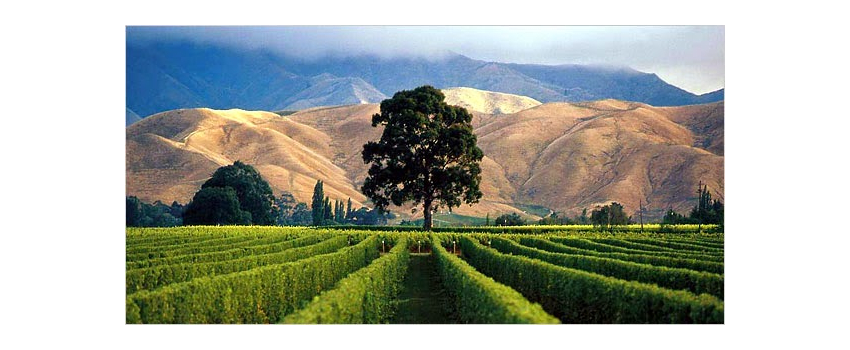
Wine making guideline : New Zealand Sauvignon Blanc
Publiée le 11/04/2018 11:50The making of Sauvignon Blanc requires careful attention to aroma development, whilst maintaining acid balance and aromatic longevity. The use of specific quality driven winemaking products contributes to the making of Premium Sauvignon Blanc.
The most common requests Lallemand oenology receives from New Zealand winemakers on Sauvignon Blanc are the following:
Expression of the varietal characters of the Sauvignon Blanc grape
It is well understood that the sought after varietal character of these wines are the volatile thiols, the most important being 4-mercapto-4-methylpentan-2- one (4MMP boxwood), 3-mercaptohexan-1-ol (3MH tropical passionfruit) and 3-mercaptohexyl acetate (3MHA passionfruit) :
- 4MMP and 3MH compounds are present in must as non-volatile cysteine conjugates ;
- 3MHA is enzymatically converted from 3MH.
Yeast are responsible for releasing and converting these conjugates into a volatile form and have variable abilities to release these sulfide based aromas. Not only is it important that these precursors enter the yeast cells for bio-transformation but equally, the yeast must have the metabolic capacity to convert and release these thiols.
- Lallemand rehydration product GoFerm™ Protect Evolution aids the entry of thiol precursors into the yeast cell.
- Lallemand has numerous yeast choices for the winemaker to fine-tune wine aromatic and/or palate structure.
- Stimula Sauvignon blanc is a nutrient (100% yeast autolysate), rich in vitamins and minerals, specific for the efficient uptake and bioconversion of 4MMP and 3MH precursors.
- In a trial using New Zealand Sauvignon blanc (2017) wines made with Stimula Sauvignon blanc showed a 19% and 200% increase in 3MH and 4MMP, respectively, compared to no addition. These wines were described as having increase in thiol descriptors including pink grapefruit and passionfruit.
Balancing the high acidity of Sauvignon Blanc wines
A common concern amongst New Zealand winemakers is the high acidity of their wines. This acidity can give rise to ‘hard palates’, astringency and lack of palate weight. Some yeast undergo malo-ethanolic fermentation which helps to reduce malic acid during fermentation, thereby resulting in a significant reduction in total acidity.
- Lalvin C™is a robust yeast with good maloethanolic fermentation capacity.
- Lallemand Specific inactivated yeast product OptiMUM White® can help balance palate structure.
Maintaining freshness of varietal character once in a bottle
Once aromas are formed during fermentation, the challenge is to maintain them over time in bottle. Glutathione, a tri-peptide, is an antioxidant with the ability to scavenge ortho-quinones, the main culprit of colour browning and aroma loss. In fact, glutathione competes with thiols (4MMP, 3MH and 3MHA) for o-quinones thus protecting these wine aromas from oxidation.
- OptiMUM White®, a specific inactivated yeast with the highest level of TRUE glutathione on the market, is added during fermentation.
- In a trial using New Zealand Sauvignon Blanc (2013), wines treated with OptiMUM White® were compared to a control (no Optimum White®) 7 months post bottling. The OptiMUM® White treated wine had significantly higher amounts
of 3MH and 4MMP. The OptiMUM White® wines were deemed to have greater intensity of fruit on the nose and generally "fresher". An interesting outcome was that the OptiMUM White® treated wine ‘held’ free and total SO2 over time.
Another important factor is to maintain freshness of the wine. This helps to reduce SO2 requirements thereby resulting in lower SO2 total at bottling. OptiMUM White® reduces the rate of bottle aging.
More information about our Winemaking solutions in the last Lallemand Guideline for NewZealand Sauvignon Blanc


